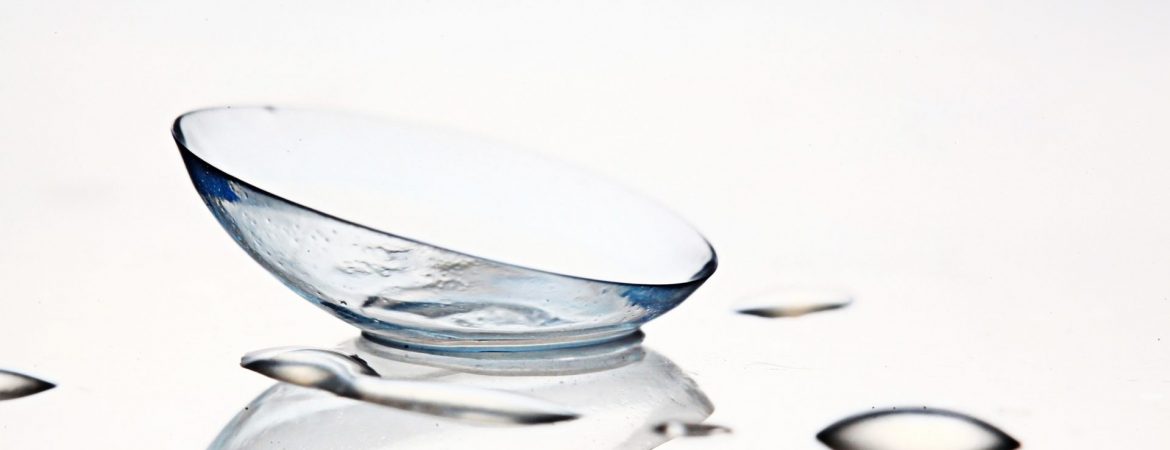So you have made the jump. You are now a contact lens wearer, you are experiencing a frame-free-face.
Whether you are a full-time contact lens wearer or you jump between frames and contacts, there are some important considerations to take note of with your contacts.
1. Follow up visits
The Optometrist will advise on the frequency of return visits. The Optometrist is advising these visits for a reason and that is to check on your vision and ensure there are no issues with your continual use of contact lenses.
2. Don’t forget to blink!
Sounds like a silly piece of advice as blinking is regarded as an involuntary action. Babies and small children are excellent blinkers, however, as we age, we can develop bad blinking habits. This can be quite common for people sitting in front of screens all day, but also with contact lens wearers.
The purpose of blinking is to spread the tear film evenly across the front surface of the eye (the cornea) so that the eye remains moist.
Incorrect blinking includes infrequent blinks or the eyes not fully closing during a blink. This results in the eye not being adequately lubricated and, therefore, it will become dry and irritated. As a contact lens wearer this would result in significant discomfort when wearing the lenses.
3. Swimming
The concern with swimming with contact lenses is that there is a higher chance of a bacterial infection to the eyes. Infections can be irritating, unsightly but even worse it can cause damage to the eye and your sight.
If you are going to go for a swim then consider wearing waterproof googles to prevent water entering the eye and never open your eyes whilst submerged in water. Or better yet, take a leaf out of Olympic Swimmer Mack Horton’s play book and invest in a pair of prescription goggles!
If water does get in contact with the eye whilst wearing contacts then the lenses should be removed, cleaned and disinfected as soon as possible to avoid any eye infection.
4. Don’t lick your lens
This might seem like a silly piece of advice but sometimes all areas need to be covered!
‘Out of eye drops’ or ‘experiencing dry eyes’, we have heard these justifications before but this is no reason to be adding a bit of saliva to the lens to moisten it up. Saliva is not a sterile solution! In fact your mouth is full of bacteria so by licking your eye you are essentially welcoming an eye infection.
5. Ladies -A blow-dry session
Hot air blowing on the face, through a hair dryer or even sitting up close to a heater, could potentially dry out your eyes leaving them irritated and scratchy. Remember to blink!

6. Flying
Aeroplanes do rely on recycled air which not only dehydates you but also your lenses. This doesn’t mean that you need to ditch the contact lenses, though, just be prepared to combat the dryness with a few quick tricks:
- pack travel sized eye solution
- try daily wear lenses
- take your frames on board just in case (no one wants to miss out on the in-flight entertainment on a long haul!)
7. Broken lens
This happens, things break. Never wear torn or broken lenses! For people who are new to wearing contact lenses broken lenses can be a frequent issue that arises ….they are so thin! One more time, NEVER wear torn contact lenses! When they break they no longer have the soft curvature that fits your eye perfectly and so the lens will move around on the eye, blurring your vision and potentially becoming trapped underneath your eyelid ….uncomfortable!
8. Don’t wear them to bed
Unless your contacts are made for sleeping, do not wear them to bed. This can actually result in blindness!
The cornea gets its oxygen solely from the air. When we wear contact lenses, the cornea can still receive oxygen however, the oxygen supply is lessened. When we go to sleep and our eyes are closed the oxygen supply again depletes even further. When there is no oxygen supply, the cornea will swell up just enough for gaps to appear in the eye’s surface cells and this is where bacteria can creep in. You do not want bacteria here! Our eye’s do not have the same immune system as the rest of the body and so an infection here really could lead to blindness. YOU HAVE BEEN WARNED.
9. Wash your hands
This sounds basic but is is ever important. Think about how much your hands touch. They touch EVERYTHING! Your hands end up with copious amounts of bacteria on them, wash them thoroughly (this means with soap) before touching your eyes (this applies to everyone with or without contact lenses) or before touching your contact lenses.
10. Don’t re-use your contact lens solution
You might think you are being thrifty and saving a few dollars by extending the use of your solution however, you could be setting yourself up for disaster. Re-using the same solution to clean your lenses day in day out is essentially letting them fester in a pool of filthy solution and just like everything else this could also lead to infection.
No one wants an eye infection. Common symptoms of eye infections include:
- pain, itching or a sensation of a foreign body in the eye
- sensitivity to light
- redness or discolouration in the eye or eyelids
- discharge or pus in the eye
- excess tears
- blurred vision or decreased vision
As a contact lens wearer there are more opportunities where bacteria can enter the eye so hygeine is extremely important and so is maintaining moist lenses for optimum comfort. Should any discomfort be experienced then remove the contact lenses and seek advice from your local Optometrist.
with one of our optometrists at Eyecare Plus Cranbourne.

